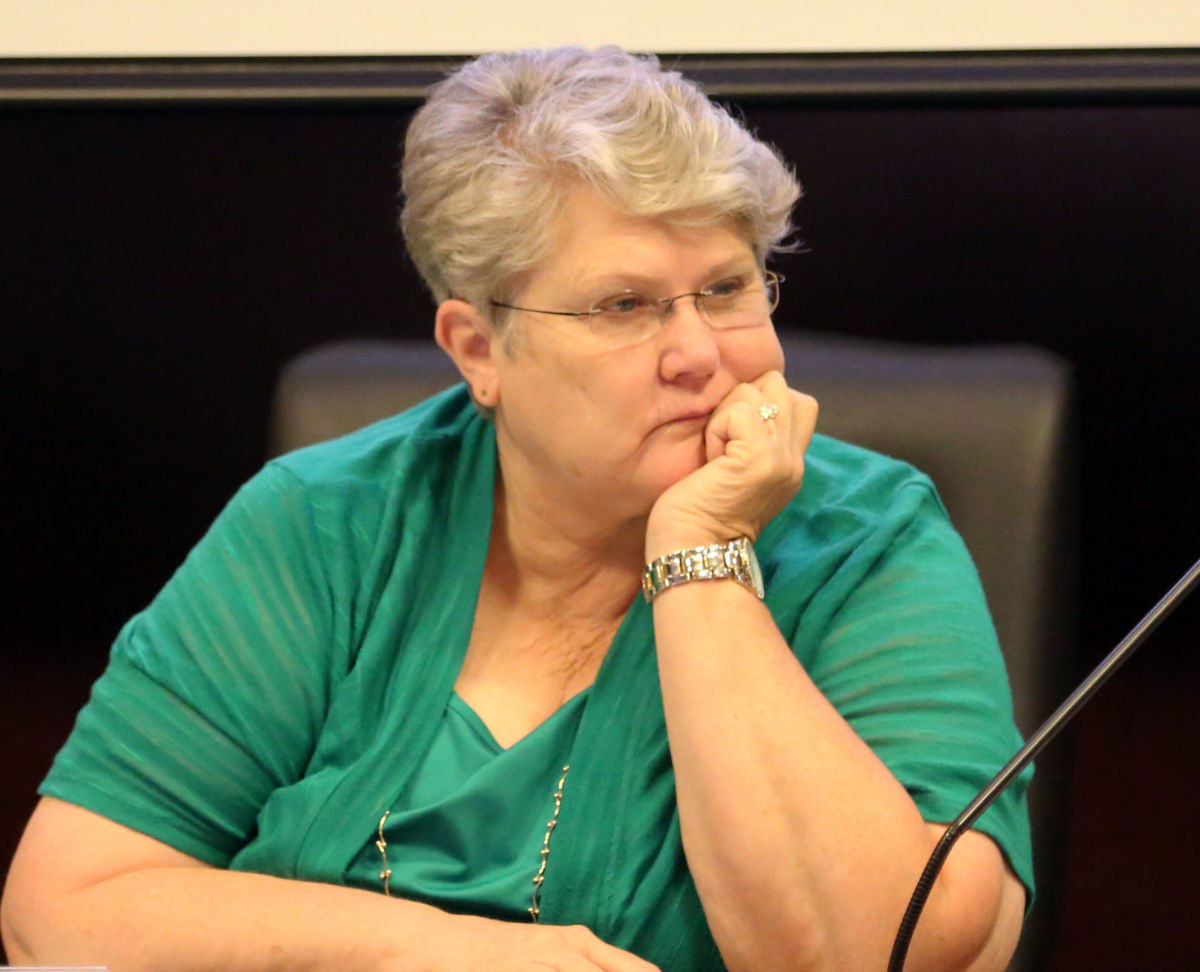Idaho’s SAT scores are middle of the road — at least compared to other states that make the college-entrance exam available to high school students, free of charge.
Comparing state SAT scores can be a tricky proposition. The raw averages tell only part of the story. It’s also important to look at sample size, and how many students take the test.
However, SAT scores do provide a comprehensive snapshot of Idaho’s high school juniors, since a vast majority of students take the test at state expense. And the SAT factors into Idaho’s larger effort to convince more high school graduates to attend college. By encouraging more students to take the SAT — and improve their performance on the test — state leaders hope to improve the state’s lackluster college graduation rates.
The recently released SAT scores cover the high school class of 2017 — and students who took the exam in 2016 during their junior year. Idaho has released scores for students who took the SAT in April 2017, and the results were virtually unchanged from April 2016.
For the graduating class of 2017, Idaho’s average score came in at 1006, according to recent numbers from the College Board, the nonprofit that administers the SAT.
Here’s how Idaho stacks up regionally and nationally:
- Idaho’s average scores lags behind all of its neighbors. But this is a misleading measure. In several Western states, the test sample skews toward a handful of the highest-achieving college-bound students. Utah’s average SAT score came in at 1238, but only 3 percent of the state’s graduates took the test. Ninety-three percent of Idaho grads took the SAT.
- In an apples-to-apples comparison — looking only at states with high SAT participation — Idaho fares better. Idaho’s scores lag behind four New England states but exceed scores in Delaware, Michigan and the District of Columbia. And since each question on the SAT is worth 10 points, the gap between Idaho and the higher-achieving states comes down to a couple of test questions, said Linda Clark, president of the State Board of Education.
One common thread unites these seven states and the District of Columbia: They all provide the SAT during the school day, at no cost to students. As a result, their SAT student participation rates range from 71 percent to nearly 100 percent. That also means that some of the students who take the free SAT have no plans to continue their education after high school.
That’s certainly the case in Idaho, where roughly half of high school graduates go straight to college. But the state has funded an annual “SAT Day” since 2012, in hopes of encouraging more high school juniors to consider college. SAT Day carries a taxpayer cost of about $1 million.
But now that more Idaho high school students are taking the SAT, the state’s political and education leaders want to see more students score well on the exam.
The key metrics here are the College Board’s college-readiness benchmarks: 480 on the reading and writing section of the exam, and 530 on the math section. Students who hit these benchmarks are more likely to earn at least a C in introductory-level college classes.
Idaho’s 2017 scores are mixed.
Sixty-three percent of students reached the benchmark in reading and writing, but only 36 percent of students reached the math benchmark.

Clark and State Board spokesman Blake Youde are encouraged by the verbal scores. To Clark, it shows that Idaho is getting dividends from years of emphasis on English and reading. The lower math scores illustrate the need to focus on math — especially since high school students have also struggled on the math section of the Idaho Standards Achievement Test.
“We have work to do with math, but we know that,” Clark said.
